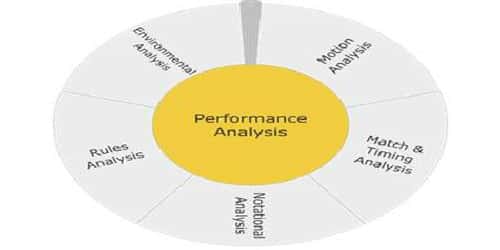Performance Analysis
Performance is what a system does. It includes system design, reliability, quality, maintainability, and reparability. Performance Analysis is the procedure of studying or evaluating the performance of an exacting situation in an assessment of the purpose which was to be achieved. Obviously, these are not separate, independent elements of the system, but are highly interrelated qualities. Business performance analysis gives businesses a structure in which they can set goals, calculate definite performance against those goals and carry out “what-if” scenario planning to assess substitute courses of action.
The purpose of performance analysis is to help organizations understand how decision-making processes or practices led to success or failure in the past and how that understanding can lead to future improvements. Key components of an effective performance analysis include these:
(1) Clearly defined, actionable, and measurable goals that cascade from the organizational mission to management and program levels;
(2) Cascading performance measures that can be used to measure how well mission, management, and program goals are being met;
(3) Established baselines from which progress toward the attainment of goals can be measured;
(4) Accurate, repeatable, and data; and,
(5) Feedback systems to support continuous improvement of an organization’s processes, practices, and results.
Performance Analysis is based on these elements:
- The Project Scope Statement
- Performance measures to ascertain the current state of goals and objectives
- Baselines in terms of resources, objectives, and quality
- Feedback for continuous improvement
















